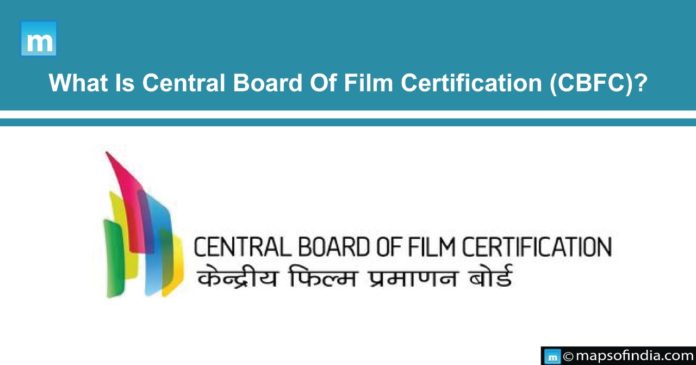A vital organisation that manages film certification in India is the Central Board of Film Certification (CBFC), sometimes called the Censor Board. Under the Information Ministry, it is a statutory agency. By the guidelines of the Cinematograph Act of the year 1952, it regulates and monitors the public screening of films. Only once a movie has received the CBFC’s certification can be screened for the general audience.
History Of Indian film certification
- Raja Harishchandra, directed by the famous director Dadasaheb Phalke and premiered in 1913, was the first movie ever filmed in India.
- In a handful of places, the 1920 Indian Cinematograph Act established Censor Boards. The city’s police chiefs were given regulatory authority over these bodies, which had their authority.
- The regional boards’ independence was eliminated post-independence, and they were placed under the control of the Mumbai Board of Film Censors.
- It was reorganised as the Central Board of Film Censors in 1952.
- The Central Board of Film Certification became the official name in 1983.
How can Indian films obtain certificates?
CBFC has nine national branch offices for issuing certification, with Mumbai as its principal location and headquarters. At the regional centre, the film must be cleared for release before an investigating committee may approve it for release. If the candidate is not happy with the approval, they might proceed to the CBFC’s Mumbai headquarters. The Film Certification Appellate Tribunal in New Delhi might hear an objection if the petitioner is dissatisfied even with the head office’s decision.
Classification Of movies into four categories in India
- Unrestricted (U)
- UA stands for unlimited access. However, young children under 12 should use parental discretion.
- S just for a certain type of people
- A for adult
The conflict between the Censor Board and filmmakers causes film certification to be constantly covered in the media. The Board believes it is responsible for suggesting acceptable modifications and cutbacks to the films make them fit for public viewing, even though filmmakers demand complete freedom when creating and showing films to the audience.
Objectives of CBFC
- Guaranteeing the public receives healthy amusement, relaxation, and education.
- Enhancing the accountability and transparency of the approval process.
- By holding meetings and seminars, advisory panellists, the media, and filmmakers may know the certification requirements and the current movie trend.
- Adopting contemporary technologies through an infrastructure of computerisation and innovation for the certification procedure.
- Maintaining the openness of CBFC’s operations through voluntary disclosures, responses to RTI requests, e-governance, and the release of yearly reports.
Opposition to CBFC
With greater judicial engagement, CBFC is now a certification board rather than a censorship body. Based on this, their responsibility is to certify movies, and the parameters are rather flexible. It complies with Section 5(b) of the Cinematograph Act and Article 19 of the Constitution of India.
Section 5(b):
According to the law, a film cannot be certified if any aspect of it is detrimental to India’s autonomy and integrity, the nation’s safety, friendly interactions with other countries, decency, or involves accusations or court disobedience or has the potential to incite criminal activity.




